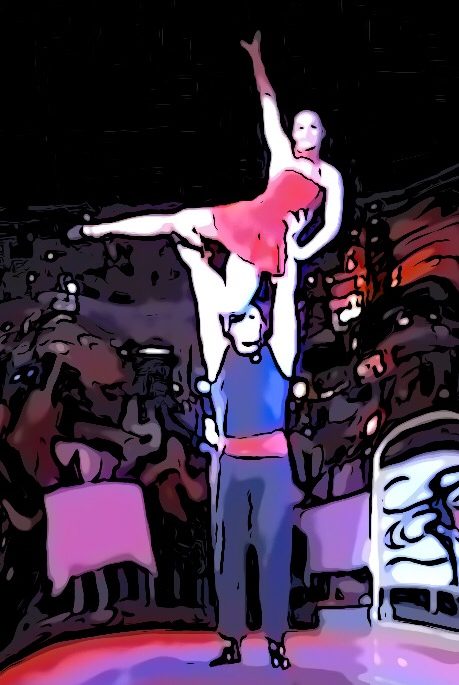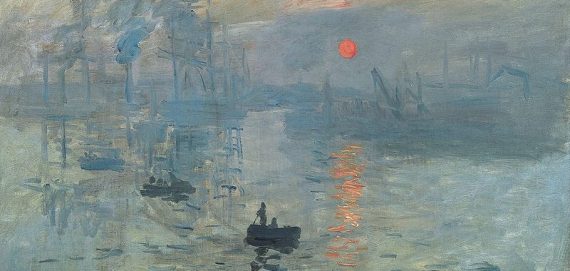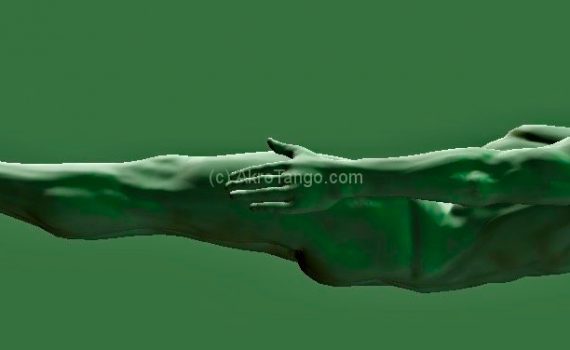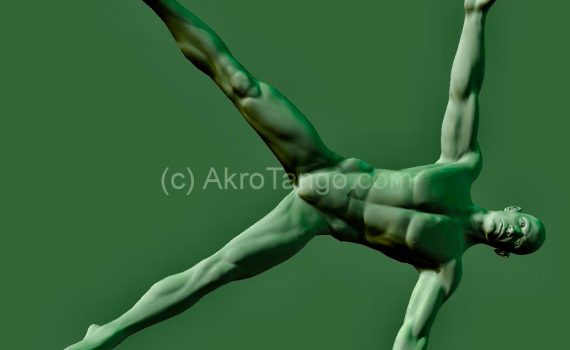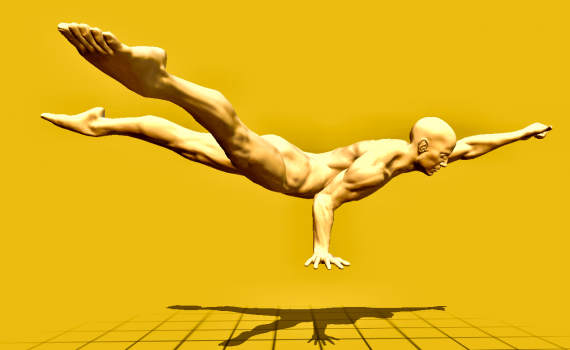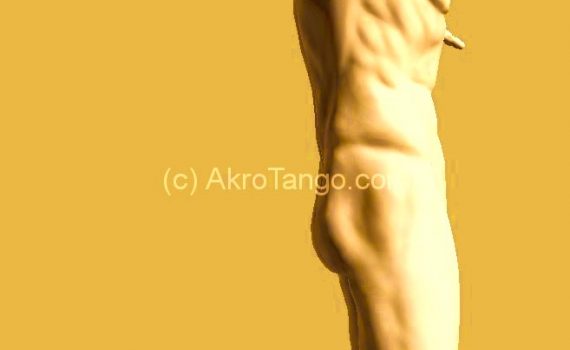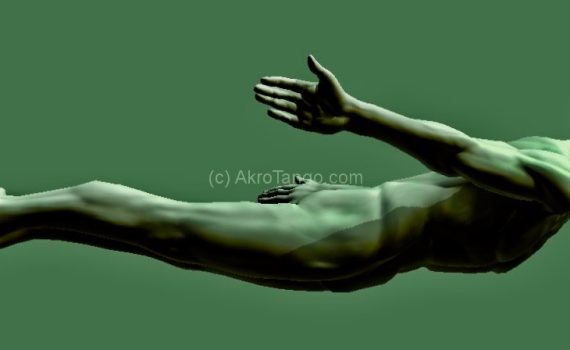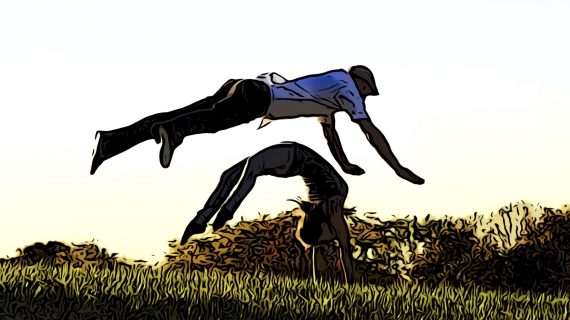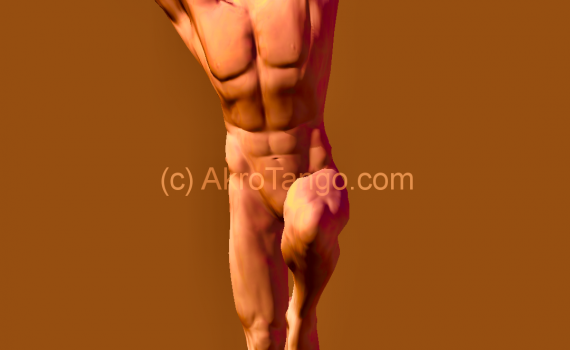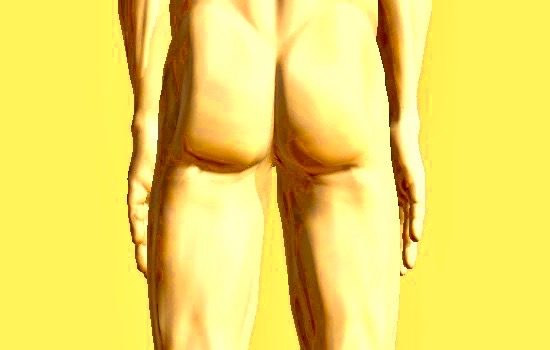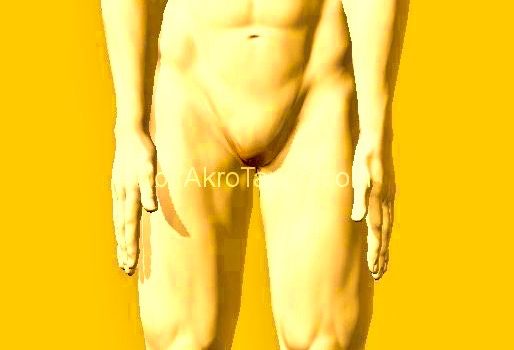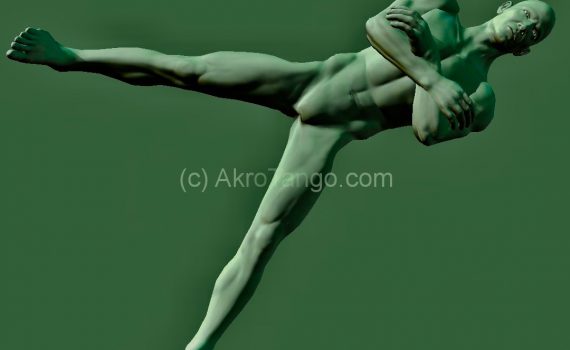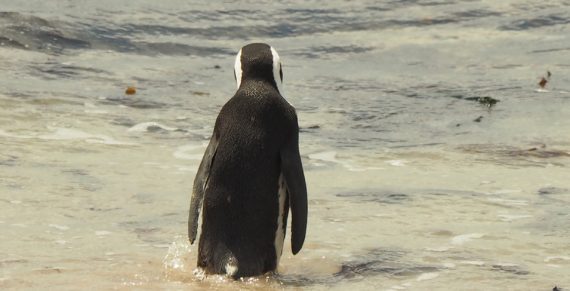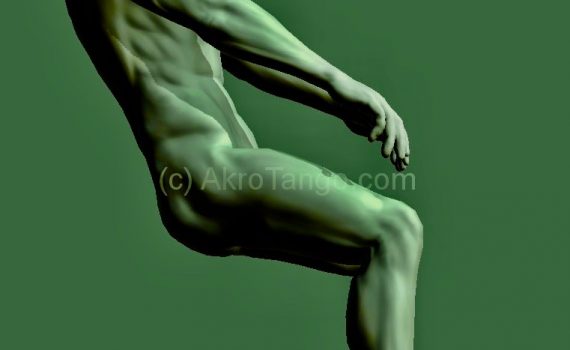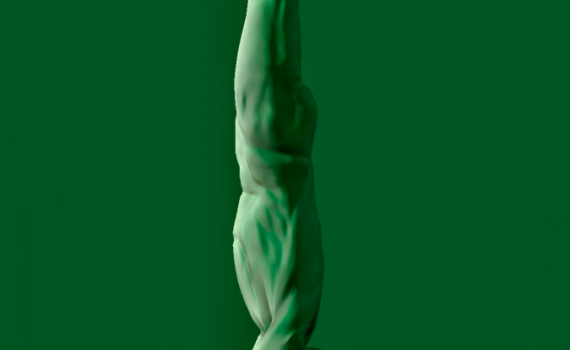There are 2 meaningful connect points for the base, that allow him to balance a counter handstand (CHS): on his feet or on his hands. In fact, for the flyer himself nothing should change between the CHS and the “normal” handstand (HS). Only the shape of the connect points from the base are changing, which indeed is more complex than it first seems. The base basically ensures that the angle in the flyer’s wrists does not get too flat. However, the feet and wrists of the base getting quickly at its stretch limit. Onto the feet the balancing area is […]
Yearly archives: 2018
The critic Louis Leroy insulted Claude Monet (photo: Impression – soleil levant, 1872, Musée Marmottan, Paris) as an “Impressionist” and accused him of superficiality. Previously, the artists were referred to because of their painting technique as Intransigeants (“the stubborn”) (excerpt from Wikipedia). Also acrobats are artists and therefore also creative and stubborn … it is discussed and lamented whether and how partner acrobatics should work. Everyone knows it better … Someone needed for safety? Who do you trust? And how dangerous is the trick really? Injuries, on the other hand, are actually rare. And if something happens, then it is […]
Actually, this position is called backflyer. Since the flyers initially like to sag through, for this position, also other names are known, such as cross-crusher and dead bird. The positive side effect of sagging is that the center of gravity of the flyer comes closer to the one of the base and thus creates less shear forces (for example, dislock and screw rotations from this position are easier). Especially during the entrance to this figure the Flyer creates very strong shearing forces, if he does not tilt to the final position, but straighten up too early. If a flyer overcompensates the sagging […]
This position is usually supported with the hand, thus it usually has 2 contact points. It is a popular, because audience-effective position, which can be learned with little effort. Analogous to the previous names, I call them side-flyer. However, she is also known by other names, such as swallow, high star, … just to name a few. The contact point of the base is always at the hip of the flyer below its center of gravity. In the supported side-flyer, the contact point of the base, the contact point of the flyer and the flyer’s shoulder form a triangle. The […]
Within this position is meant the conventional crocodile, which is balanced by the base at the upper arm of the flyer. The elbow is held as close to the center of gravity as possible within the hipbone. For that a shortening of the corresponding page is necessary. The opposite hip is held up. To get into the crocodile, the flyer first supports the entire weight on the elbow. So he achieves an “umbrella” position: After that he can pull his upper body and legs up. The shortening of the page creates an asymmetric figure. This results in a very […]
The contacting point on the knee is a test of courage for the flyer. The center of gravity must be (as always) above the contact point, which is just below the knee. This requires a straight hip. It’s not easy to land on your feet when you tilt forward… but the flyer should trust his base, or delete that position from his repertoire. This figure is often called Knee-Marie because of its humble position. A simpler version of this position is the high Z, in which the flyer is additionally supported with the hands on the shoulder of the base. […]
In the belly flyer, the flyer tends to shorten the back. This is an attractive position as it allows the flyer to raise his head and thus to present himself to the audience. For the transition to other positions this position is rather unfavorable (for example to the shoulder-stand or side-flyer). A pressed out belly makes contact with the hip difficult and, in the bad case, can lead to slipping. If the belly flier is not presented, then the flyer should take a position as if it were lying on the ground. His chin is on the floor and feet […]
Particular attention is paid to the dimensional stability of the flyer. Small changes by shortening the abdominal, lateral or back muscles significantly change the center of gravity and the flyer starts to tilt. In order to get from standing to the respective lying position, the flyer will lean in that direction and then be picked up. Although leaning in the opposite direction is instinctively made, unfortunately only increases the effort of the base. Often, tilting by the base is thereby also prevented, e.g. from the belly flier to the shoulder stand. Once the flyer has arrived in the desired position, […]
The force line to the base runs through the hip and the center of gravity of the flyer. Otherwise arise very fast tilting and turning movements that are only with much experience to brake. This position should only be strived for if the flyer does no longer correct in the standing on 2 legs. For example, if standing on the straight-arm works fine. Initially, the base should use the 2nd hand for stabilization! He may achieve this, e.g. after he is bringing the feet of the flyer together and then grip with his free hand to the 1 leg. In […]
In this position base and flyer can see each other… they are facing each other. Here the flyer has the same position as in “normal” standing, the position of his feet is not changed. The center of gravity of the flyer is also right above his feet arches. Important is the correct structure of the arch (see pictures), so that the base gets a big surfaced connection. Typical mistakes are twisted in, tilted or pointed feet. These generate a punctual pressure, which makes the balancing difficult and may also be very painful. The correct foot position is created when the flyer […]
Has anyone ever seen a toddler fall over on his head? Not me! They are leaning slightly forward, so they always land on all fours or on the butt. This position, where toddlers are easily managing that they do not land on the head in case of doubt, should be a role model for every flyer. If this picture does not help, you can alternatively lay yourself with your back on the floor. Then take the knees to the chest and form a small package by using your head and arms and then open slowly for straighten out. Only the […]
A flag is a form of Libra in which the flyer will be at 2 contact points balanced (with pulling and pressure point). These contact points form a triangle to each other, in which the upper body of the flyer hangs sideways. Giving the impression of a living flag. The flyer absolutely extends both knees and keeps the upper foot (= pulling point) strongly tightened. Again, the base creates the balance and the flyer has to trust him. The base takes care in the balance that the flag does not unintentionally shifts away sideways. He is managing it with the upper […]
At the beginning every flyer has to learn to stop his instinctive corrections while standing and to hand over the balance to the base. For this he must keep his part of the line of force, which means that Metatarsal, hips and shoulders must always stay in one line (like a stick). It is particularly dangerous if the flyer balances with the upper body to the rear! Most of the time, even the flyers feet getting steep, so that the base can not balance him anymore. The trick becomes (possibly unintentionally) dynamic … Imagine that you are in the sea […]
The chair is a simple form of Libra. The flyer stands frontal to the base on his thighs and will be balanced at 1 or 2 hands by pulling. Contact point are either the hands or knees of the flyer. To balance, the base uses only his own knees; the arms stay stretched. By pushing his knees far under the flyer, he can achieve an even free balance (→ facing). The flyer remains in the line of force without shearing the knees of the base. This position is very well suited as a first balance exercise for beginners. Additional stability […]
The base can balance the flyer only with stable (fixed) shoulders. To balance the flyer, the base creates at the shoulder of the flyer the necessary shear forces, without these should get changed. For the flyer this means: Position 1: either pulling the shoulders in the direction of the hip … Position 2: or pulling towards his ears … Common to both variants is that the center of gravity of the flyer remains exactly above the shoulder. Mostly, the flyer supports himself with its hands on the forearms of the base to stabilize himself. However, this must not cause him […]
